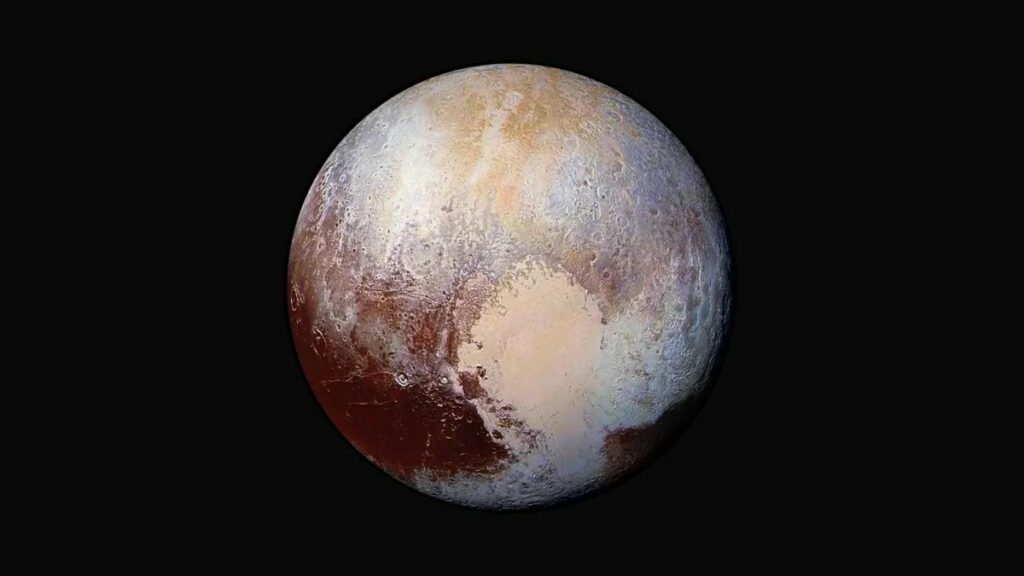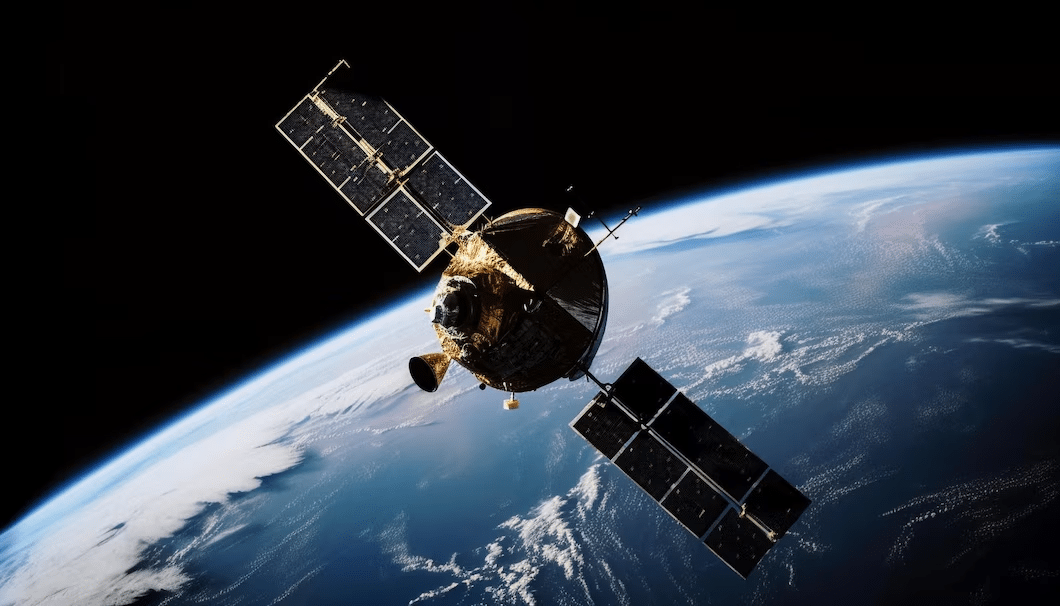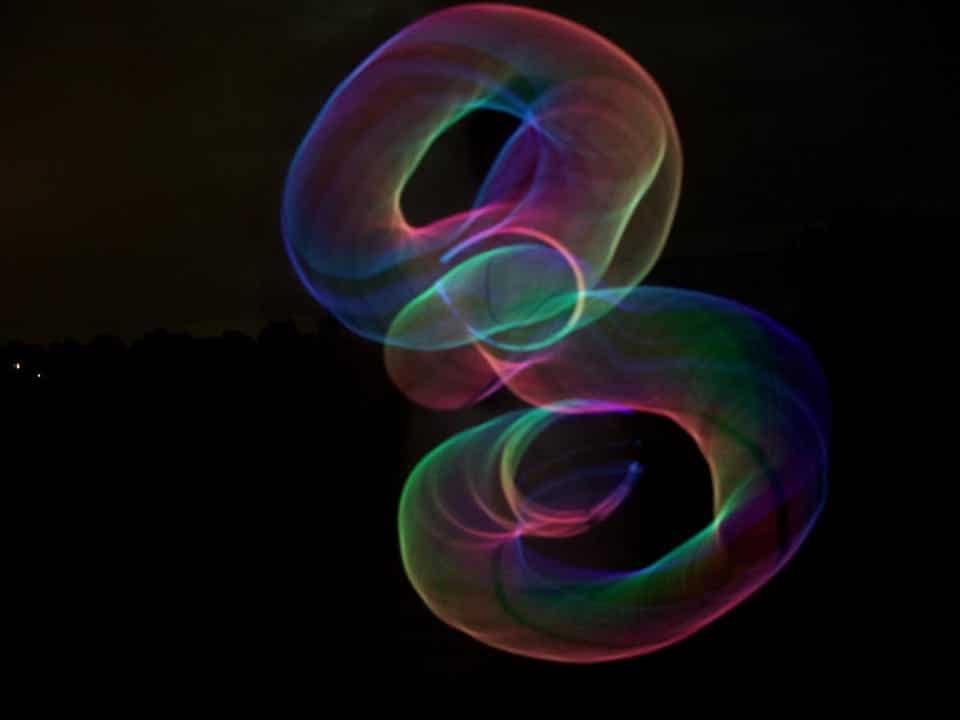We all know the 8 (or 9) planets by heart, but do you know there are similar celestial bodies like our planets? These strange objects in space are called dwarf planets or planetoids, but they are neither classified as real planets nor meteors and share similarities with both Space objects. Here’s all you need to know about dwarf planets.
This Dwarf Planet Was Discovered Two Centuries Ago
Topping the list of dwarf planets is none other than Ceres. Ceres is a 3-mile-high (5 kilometers) and 590-mile-wide (950 km) pyramid-shaped object in the asteroid belt. However, she was discovered in 1801 and is now under the watchful eyes of NASA’s Dawn Spacecraft.
For centuries, little progress was made in discovering this strange planet because its internal composition cannot be studied directly. Scientists were forced to analyze the orbital observations, and information about Ceres formation was obtained by comparing it with other planets.
She Is the Most Massive of Her Kind, Yet Not the Biggest
Eris is known as the most massive and the second-largest known dwarf planet in the Solar System. Eris was named after the Greco–Roman goddess of chaos. It was discovered and confirmed in 2005 by Mike Brown and his fellow Palomar Observatory–based team.
Eris is believed to be a trans-Neptunian object (TNO) and is 68 astronomical units away from the Sun. One astronomical unit is the distance between the sun and the Earth. It also has a small moon called Dysnomia that circles it about every 16 days.
This Dwarf Planet Was Once a Planet
Pluto is one of the most known dwarf planets and was once regarded as a real planet before it was demoted in 2006. It was named after the Roman god of the underworld and was the only dwarf planet to be named by an 11-year-old girl.
Researchers discovered mountains, craters, and glaciers within this unique dwarf planet. However, it still bears closer resemblance to other celestial bodies than real planets. Pluto was discovered in 1930 by Clyde W. Tombaugh and had five functional moons.
She Is an Icy Girl for a Reason
Makemake is a dwarf planet with a very low surface temperature. Its average temperature is 40 K (−230 °C), and its surface is made of methane and nitrogen ice. It was discovered on March 31, 2005, and renamed from planet 2005 FY9 to Makemake.
After strict measurements, Makemake was classified as a dwarf planet by the standards set by the International Astronomical Union (IAU). Michael E. Brown discovered that the planet is similar to Pluto but has a brighter red surface.
Red Is Her Favorite Color for a Reason
Discovered in 2003, Sedna is a dwarf planet found in the outermost part of the solar system. Its surface is made of water, methane, and nitrogen ice cubes, sister to other trans-Neptunian objects. Like Makemake, its surface is one of the reddest in the ecosystem.
Sedna is also one of the biggest planetoids in the solar system, as its diameter is approximately 1000 km. Sedna is yet to be studied properly, but scientists believe that its unusual orbital path can provide more information about this strange planet.






